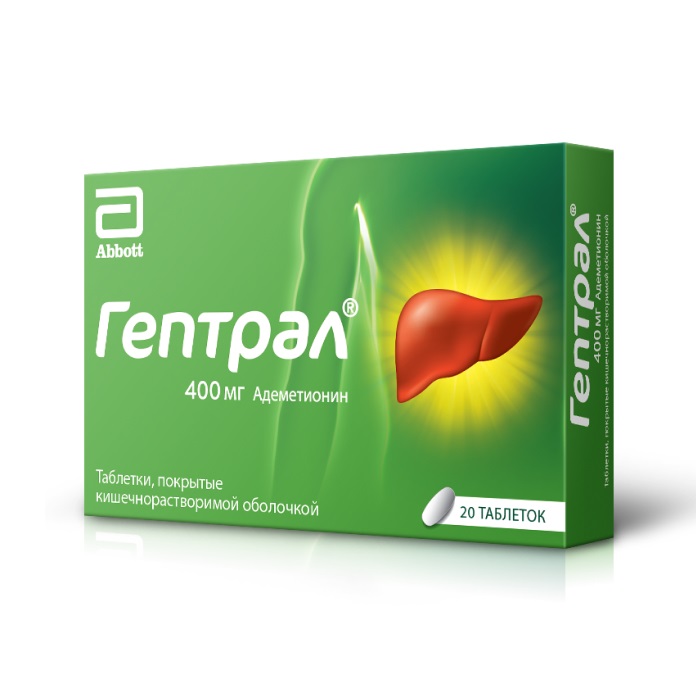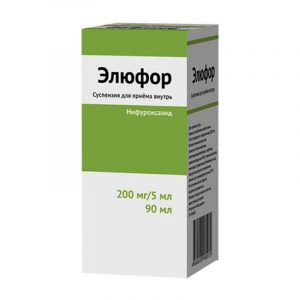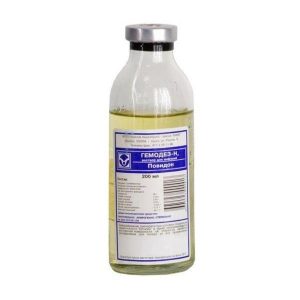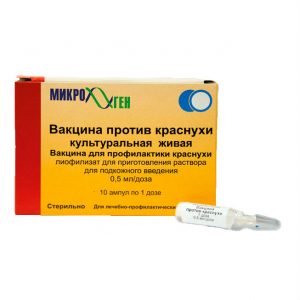Description
Pharmacological action of
Ademethionine belongs to the group of hepatoprotectors and also has antidepressant activity. It has a choleretic and cholekinetic effect, has detoxification, regenerating, antioxidant, antifibrosing and neuroprotective properties.
Replenishes the deficiency of S-adenosyl-L-methionine (ademethionine) and stimulates its production in the body, found in all body environments. The highest concentration of ademetionine is noted in the liver and brain. It plays a key role in the metabolic processes of the body, takes part in important biochemical reactions: transmethylation, transulfurization, transamination.
In transmethylation reactions, ademetionine donates a methyl group for the synthesis of phospholipids of cell membranes, neurotransmitters, nucleic acids, proteins, hormones, and others. In transulfurization reactions, ademethionine is a precursor of cysteine, taurine, glutathione (providing the redox mechanism of cellular oxidation) in biochemical reactions of the tricarboxylic acid cycle and replenishes the energy potential of the cell).
Increases the content of glutamine in the liver, cysteine ² ¹ ² ¹and taurine in plasma reduces the content of methionine in the serum, normalizing metabolic reactions in the liver. After decarboxylation, it participates in aminopropylation reactions, as a precursor to polyamines – putrescine (a stimulator of cell regeneration and proliferation of hepatocytes), spermidine and spermine, which are part of the ribosome structure, which reduces the risk of fibrosis.
Has a choleretic effect. Ademethionine normalizes the synthesis of endogenous phosphatidylcholine in hepatocytes, which increases the fluidity and polarization of the membranes. This improves the function of the bile acid transport systems associated with hepatocyte membranes and promotes the passage of bile acids into the bile ducts.
Effective with intralobular cholestasis (impaired synthesis and bile flow). Ademethionine reduces the toxicity of bile acids in hepatocytes by conjugating and sulfating them. Conjugation with taurine increases the solubility of bile acids and their removal from hepatocyte. The process of sulfation of bile acids promotes the possibility of elimination by the kidneys, facilitates the passage through the membrane of hepatocytes and excretion with bile. In addition, sulfated bile acids themselves additionally protect the liver cell membranes from the toxic effects of unsulfated bile acids (in high concentrations present in hepatocytes with intrahepatic cholestasis).
In patients with diffuse liver diseases (cirrhosis, hepatitis) with intrahepatic cholestasis syndrome, ademetionine reduces the severity of skin itching and changes in biochemical parameters, including direct bilirubin concentrations, alkaline phosphatase activity, aminotransferases, etc. The choleretic and hepatoprotective effect lasts up to 3 months after treatment is discontinued. Hepatopathy has been shown to be effective. due to various hepatotoxic drugs. Antidepressant activity manifests itself gradually, starting from the end of the first week of treatment, and stabilizes within 2 weeks of treatment.
A number of studies have confirmed the effectiveness of ademetionine in the treatment of fatigue in patients with chronic liver disease. A pooled analysis of the data obtained in patients with symptoms of increased fatigue before treatment showed the effect of ademetionine treatment in reducing symptoms of increased fatigue in combination with a number of other symptoms, such as depression, icteric skin and mucous membranes, malaise, and skin itching.
Ademethionine treatment significantly improved mood in patients with alcoholic liver disease, in which at the same time a positive response was achieved from the symptoms of increased fatigue. In addition, in patients with alcoholic liver disease and non-alcoholic fatty liver disease with an achieved response to ademetionine treatment from symptoms of increased fatigue, there was also a significant decrease in symptoms such as ictericity of the skin and mucous membranes, malaise, and skin itching.
Indications
Intrahepatic cholestasis with precirrotic and cirrhotic TATUS that may occur in the following disease: fatty liver, chronic hepatitis
toxic liver lesions of different etiology, including alcoholic, viral, drug (antineoplastic antibiotics, anti-tuberculosis and antiviral drugs, tricyclic antidepressants, oral contraceptives)
chronic stoneless cholecystitis
cholangitis
cirrhosis of the liver
encephalopathy, including associated with liver failure (alcohol, etc.).
Intrahepatic cholestasis in pregnant women.
Symptoms of Depression.
Increased fatigue in chronic liver diseases.
Contraindications
Genetic disorders affecting the methionine cycle and / or causing homocystinuria and / or hyperhomocysteinemia (cystathionine beta-synthase deficiency, impaired vitamin B12 metabolism).
Hypersensitivity to any component of the drug.
Age under 18 (medical experience in children is limited).
Bipolar Disorders.
With caution
Pregnancy (I trimester) and the period of breastfeeding (use is possible only if the potential benefit to the mother outweighs the potential risk to the fetus or baby).
Concomitant use with selective serotonin reuptake inhibitors (SSRIs), tricyclic antidepressants (such as clomipramine), as well as herbal preparations and drugs containing tryptophan.
Old age.
Renal failure.
Composition
Each tablet contains:
Active ingredient:
ademethionine 1, 4-butanedisulfonate 760 mg (corresponding to 400 mg of ademetionine ion).
Excipients: colloidal silicon dioxide – 4.4 mg, microcrystalline cellulose – 93.6 mg, sodium carboxymethyl starch (type A) – 17.6 mg, magnesium stearate – 4.4 mg
Tablet shell: methacrylic acid and ethyl acrylate copolymer ( 1: 1) – 27.6 mg, macrogol-6000 – 8.07 mg, polysorbate-80 – 0.44 mg, simethicone (emulsion 30%) – 0.13 mg, sodium hydroxide – 0.36 mg, talc – 18.4 mg, water – QS
Dosage and Administration
Inside.
Tablets should be taken whole without chewing, preferably in the morning between meals.
Heptral ® tablets should be removed from the blister just before oral administration. If the tablets have a color other than white to white with a yellowish tint (due to leaks in aluminum foil), Heptral ® is not recommended.
Initial therapy
The recommended dose is 10 25 mg / kg / day by mouth.
Intrahepatic cholestasis / fatigue in chronic liver diseases
Dose ranges from 800 mg / day to 1600 mg / day.
Depression
Dose ranges from 800 mg / day to 1600 mg / day.
Duration of therapy is determined by the physician.
Heptral ® therapy can be started with intravenous or intramuscular administration followed by the use of Heptral ® in tablet form or immediately with the use of Heptral ® in tablet form.
Elderly patients
Clinical experience with the use of the drug Heptral ® did not reveal any differences in its effectiveness in elderly patients and younger patients. However, given the high likelihood of existing impaired liver, kidney, or heart function, other concomitant pathology, or concurrent therapy with other drugs, the dose of Heptral ® should be carefully selected for elderly patients, starting with the lower limit of the dose range.
Renal failure
There is limited clinical data on the use of the drug Heptral ® in patients with renal failure, and therefore caution is advised when using the drug Heptral ® in such patients.
Hepatic insufficiency
The pharmacokinetics of ademetionine are similar in healthy volunteers and in patients with chronic liver disease.
Children
The use of the drug Heptral ® in children is contraindicated (efficacy and safety have not been established).
Drug Interactions
No known interactions with other drugs have been observed.
There is a report of an excess serotonin syndrome in a patient taking ademetionine and clomipramine. It is believed that this interaction is possible and caution should be given to administer ademetionine along with selective serotonin reuptake inhibitors, tricyclic antidepressants (such as clomipramine), as well as herbs and tryptophan-containing drugs.
Overdose
An overdose of Heptral® is unlikely. In case of an overdose, monitoring the patient and symptomatic therapy is recommended.
Storage conditions
In the dark place at a temperature of 15 ° C to 25 ° C.
Keep out of the reach of children.
Shelf life
3 years. Do not use the drug after the expiration date.
Without a prescription
lekarstvennaja form
tablets




